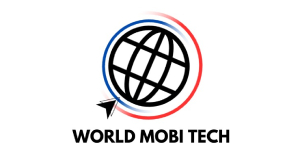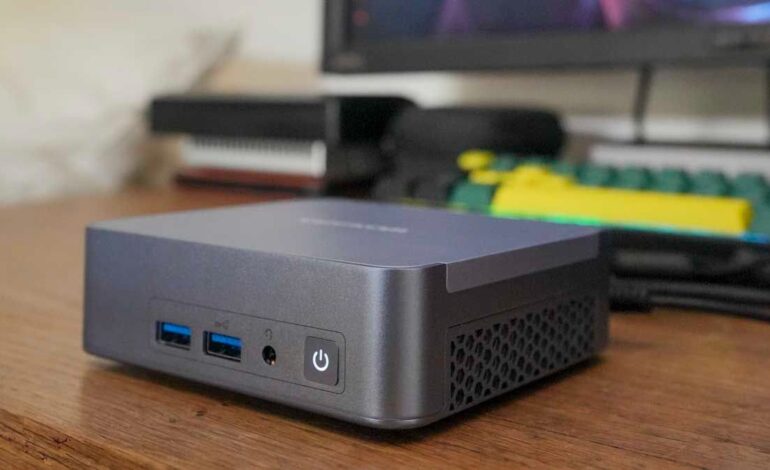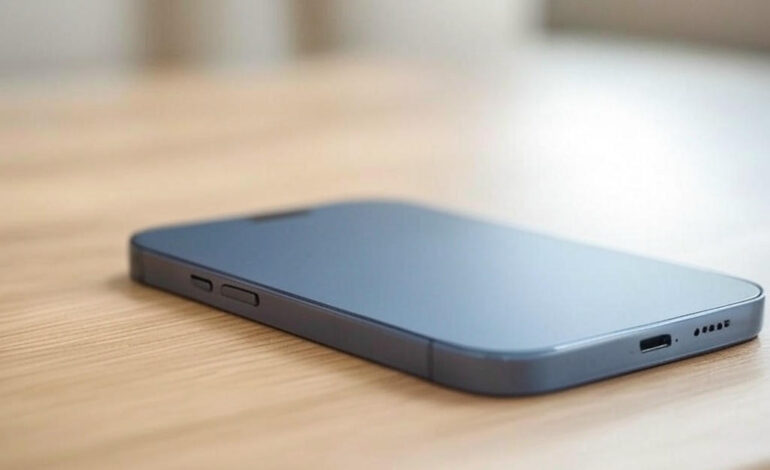In times of conflict, civilians often find themselves caught in dangerous, unpredictable situations. While governments and military forces play the central role in national defense, individual preparedness can make the difference between life and death. In war-affected zones, access to basic necessities becomes difficult, communication networks may collapse, and mobility may be restricted. That’s where emergency gadgets come in.
From portable power to self-defense tools, here are five essential gadgets that have proven vital for civilian survival during wartime or conflict scenarios.
1. Hand-Crank Radio with Emergency Alerts and Charging Capabilities

Why It’s Essential:
In a war scenario, traditional media and communication channels often become unreliable. Power outages, internet blackouts, or damaged cell towers can leave citizens completely cut off from information.
A hand-crank emergency radio solves this by providing access to AM/FM and NOAA weather alerts without the need for electricity. Many modern models come with:
- Solar charging
- Hand-crank dynamos
- Battery backup
- USB output to charge phones
Some even include built-in flashlights and sirens. These radios can broadcast vital updates from humanitarian agencies, government advisories, or warning signals for air raids, evacuations, and weather conditions.
Real-World Usage:
During conflicts like the war in Ukraine or Syria, such radios helped civilians stay informed when mobile networks were jammed or offline. In shelters or bunkers, this gadget is a lifeline.
2. LifeStraw or Portable Water Purifiers

Why It’s Essential:
Access to clean water becomes one of the biggest challenges during wars. Municipal water systems can get contaminated or shut down, making civilians turn to rivers, lakes, or even puddles for hydration.
LifeStraw is a compact, lightweight filtration device that allows individuals to safely drink water from almost any source by removing bacteria, parasites, and microplastics.
Alternative options include portable gravity-fed filters, UV water purifiers, and iodine tablets. These gadgets can filter up to 1,000 gallons of water, making them crucial for long-term survival.
Real-World Usage:
Used in refugee camps and emergency aid kits globally, LifeStraw is a common item in UNHCR survival packs. It has been used in areas hit by both war and natural disaster, where infrastructure collapses.
3. Solar Power Banks & Portable Chargers

Why It’s Essential:
Electricity is one of the first things to fail in a war zone. Without power, phones, lights, radios, and medical devices become useless.
Solar-powered power banks are lightweight, portable, and can charge multiple devices during the day. Some models also come with:
- LED floodlights
- Fast charging USB ports
- Wireless charging pads
- Water-resistant shells
Unlike traditional power banks, these do not require electricity to recharge, which makes them perfect for field conditions and constant mobility.
Real-World Usage:
In conflict zones where blackouts are common—such as Gaza, Yemen, or Ukraine—solar chargers have allowed people to communicate, access maps, or light up shelters when the grid failed.
4. Emergency Thermal Blankets and Shelters

Why It’s Essential:
When displaced from home due to bombing or invasion, people often seek refuge outdoors or in temporary shelters. Staying warm, especially in cold climates or at night, becomes a matter of survival.
Emergency thermal blankets, also known as Mylar or space blankets, reflect up to 90% of body heat. They are:
- Lightweight and foldable
- Waterproof and windproof
- Used for both heat retention and ground insulation
Advanced versions also include popup shelters made from insulated material that can be carried in a backpack and deployed in minutes.
Real-World Usage:
These are part of standard issue in refugee aid kits and disaster preparedness programs. Civilians in war-affected areas use them while sleeping in subway stations, caves, or forests to survive the night.
5. Personal First Aid Kits with Trauma Supplies

Why It’s Essential:
In a war setting, emergency medical help can be delayed or unavailable. Having a personal first aid kit (IFAK – Individual First Aid Kit) can help stabilize injuries until professional help arrives.
An effective IFAK for war scenarios includes:
- Tourniquets and pressure bandages
- Hemostatic agents (to stop bleeding)
- Antiseptics, antibiotics, and painkillers
- Burn creams and trauma scissors
- Emergency splints and CPR masks
Compact and rugged, these kits are designed for quick use under pressure and are often carried in tactical pouches.
Real-World Usage:
These kits were first popularized in military combat zones but are now widely distributed to civilians in conflict areas through humanitarian groups like Red Cross or Médecins Sans Frontières (Doctors Without Borders).
Bonus: Emergency Whistle and Signal Mirror
Though not “tech gadgets” in the traditional sense, emergency whistles and mirrors are key survival tools in any conflict scenario.
- Whistles can help signal rescuers in rubble, forests, or crowds.
- Signal mirrors are effective for sending SOS messages across long distances, especially when no other signal devices are available.
Why These Gadgets Matter Now More Than Ever
With global tensions and conflicts on the rise in various regions, from Eastern Europe to the Middle East and parts of Africa, the reality is that emergency preparedness for civilians is not paranoia—it’s practical.
Whether you’re a traveler in a volatile region, a civilian near a conflict zone, or someone preparing for a worst-case scenario, these gadgets represent basic survival tools that can buy precious time, improve safety, and even save lives.
Tips for Civilians Preparing for Conflict or Unrest
- Build a “Go Bag”: Include all five gadgets, extra food, ID copies, water, maps, flashlight, and warm clothing.
- Know Basic First Aid: A gadget is only as good as your ability to use it.
- Stay Informed: Use emergency radios to monitor updates.
- Avoid Risk Areas: Stay away from active military sites, bridges, and key infrastructure that may be targets.
- Coordinate with Local Networks: Neighborhood groups, shelters, and NGOs often provide safer evacuation routes and resource hubs.
In times of war, the civilian population is often the most vulnerable. But being prepared isn’t just about fear—it’s about empowerment. These five gadgets—simple, portable, and effective—can mean the difference between chaos and control.
While we all hope for peace, preparing for the worst is a wise step in uncertain times. Whether you’re gathering supplies, educating your family, or supporting others in a crisis zone, knowledge and the right tools are the first line of defense.


